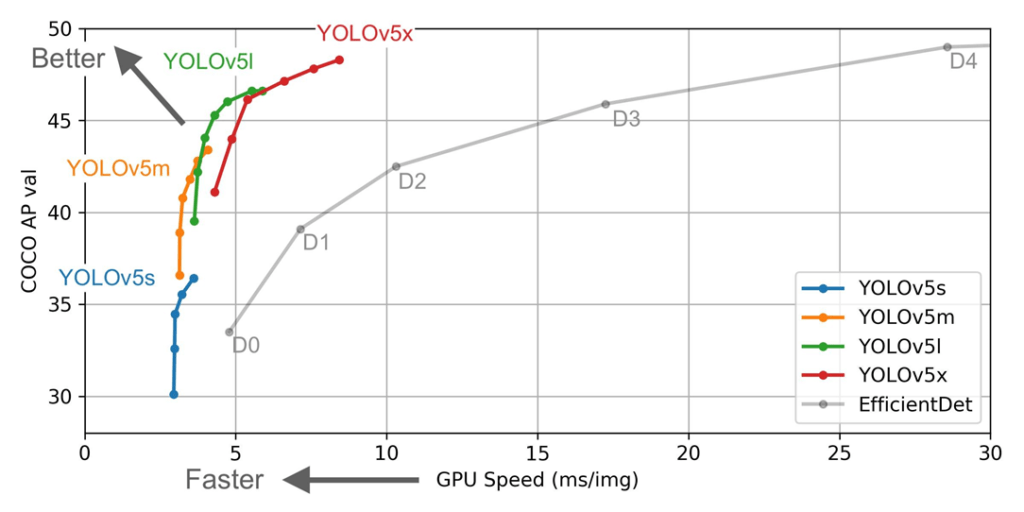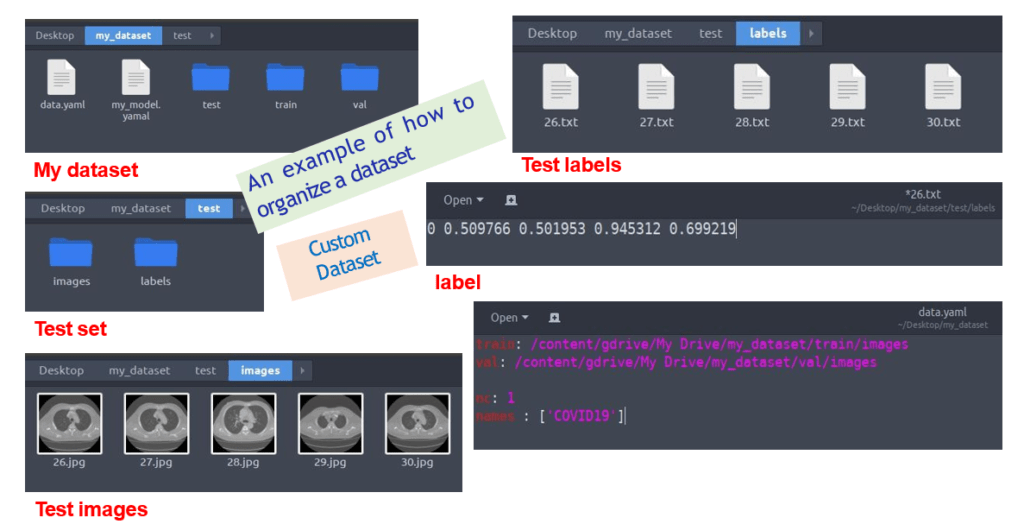What Is Computer Vision?
- Computer vision is a technology based on image processing and synthesis. It usually involves machine learning/deep learning and allows AI to simulate human vision.
- This technology aims to save time by automating manual image analysis and achieving a higher level of accuracy. For this purpose, an algorithm is fed with avast amount of representative pictures and trained to detect particular parts of them.

- Computer vision and image processing have made great progress in the past decade. Developers currently use computer vision in a wide range of spheres: from Snapchat and Instagram masks to scientific research and medical objectives.
- Medical imaging has gained a lot of attention due to its important role in health care applications.
- Operating in a similar way to a human eye, Computer vision algorithms find out patterns and anomalies in images to obtain a diagnosis.
Tasks In Computer Vision
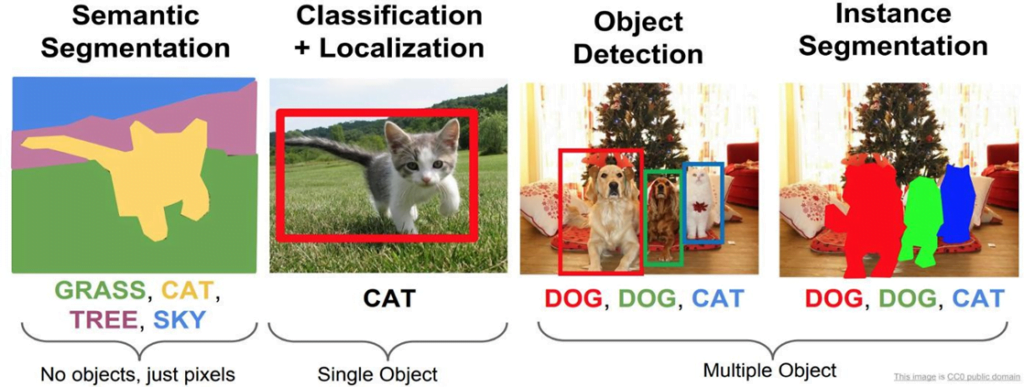
- Object Classification: What broad category of object is in this photograph?
- Object Identification: Which type of a given object is in this photograph?
- ObjectVerification: Is the object in the photograph?
- object detection: Where are the objects in the photograph?
- Object Landmark Detection: What are the key points for the object in the photograph?
- Object Segmentation: What pixels belong to the object in the image?
- Object Recognition: What objects are in this photograph and where are they?
What Makes a Problem Solvable With Computer Vision?
Problems that are solvable in healthcare and medicine share similar characteristics:
- The solution involves automatically transforming images or videos into actionable information.
- The solution operates probabilistically. Computer vision models are trained to make predictions that are estimated in nature which means that problems that can be handled with some error rate tend to be a good fit.
- The image or video input has limited variation. Problems that have a greater variation in scenes are generally harder for a computer to learn how to solve.
Of course, the challenges of every problem in computer vision will be unique, but they will likely fall into one of these three categories.
Why Is Computer Vision Important?
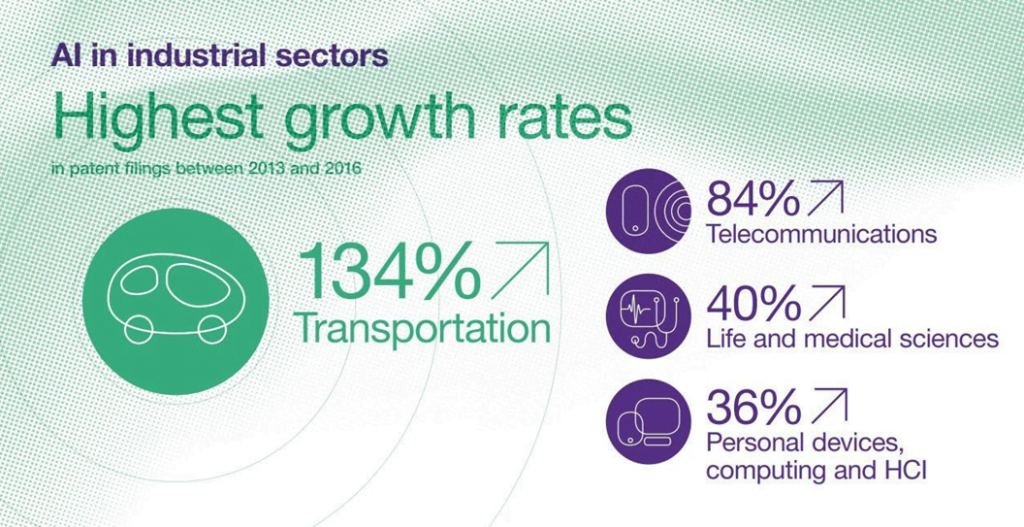

What Is Medical Imaging?
- X-ray radiography
- US: Ultrasound
- MR/MRI: Magnetic Resonance Imaging
- PET: Positron Emission Tomography
- MG: Mammography
- CT: Computed Tomography
- H&E: Hematoxylin & Eosin Histology Images
- RGB: Optical Images.
Computer Vision in Healthcare Applications

Computer vision models can be trained to classify and detect the presence of pneumonia using X-ray images.
Computer vision is used to augment medical research procedures. For example, vision algorithms are trained to identify and count different cell types at the microscopic level.
Image Labeling Tool
An image labeling or annotation tool is used to label the images for bounding box object detection and segmentation.
Open-source image labeling tool like :
- VGGImage
- Annotator
- LabelIing
- OpenLabeler
Crowdsourcing Platform like :
•Amazon Mechanical Turk
ImgLab Commercialtoollike:
- LabelBox
- Supervisely
Image Labeling Tool : VGG Image


Object Detection : Example
Computer Vision Tools : YOLO
- You Only Look Once(YOLO) is an algorithm that uses convolutional neural networks for object detection.
- It is one of the faster object detection algorithms out there.
- It is a very good choice when we need real-time detection, without loss of too much accuracy.
You Only Look Once: Unified, Real-Time Object Detection https://arxiv.org/abs/1506.02640
YOLOV3: https://arxiv.org/abs/1804.02767
YOLOV4: https://arxiv.org/abs/2004.10934
Computer Vision Tools : YOLOV5
Train YOLOV5 On a Custom Dataset
Detectron2
- Detectron2 was built by Facebook AI Research (FAIR) to support rapid implementation and evaluation of novel computer vision research.
- Detectron2 is now implemented in PyTorch.
- Detectron2 is flexible and extensible, and able to provide fast training on single or multiple GPU servers.
- Detectron2 can beused as a library to support different projects on top of it.
Detectron2: A PyTorch-based modular object detection library https://ai.facebook.com/blog/-detectron2-a-pytorch-based-modular-object-detection-library-/
detectron2’s documentation: https://detectron2.readthedocs.io/
Detectron2 Model Zoo
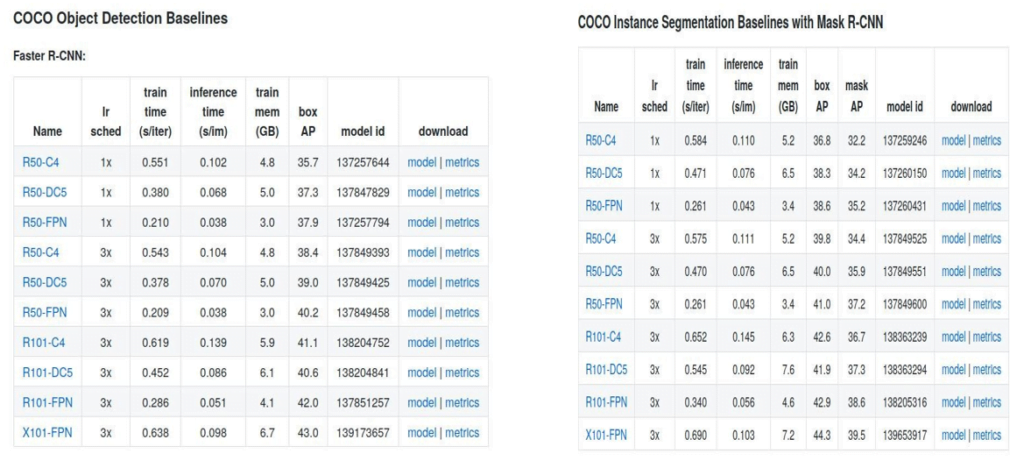
TensorFlow 2 Object Detection API
- The TensorFlow Object Detection API is an open-source framework built on top of TensorFlow that makes it easy to construct, train, and deploy object detection models.
- The TensorFlow Object Detection API allows you to train a collection state of the art object detection models under a unified framework.
TensorFlowObjectDetectionAPI:https://github.com/tensorflow/models/tree/master/research/object_detection
TensorFlow 2 Object Detection API – Model Zoo
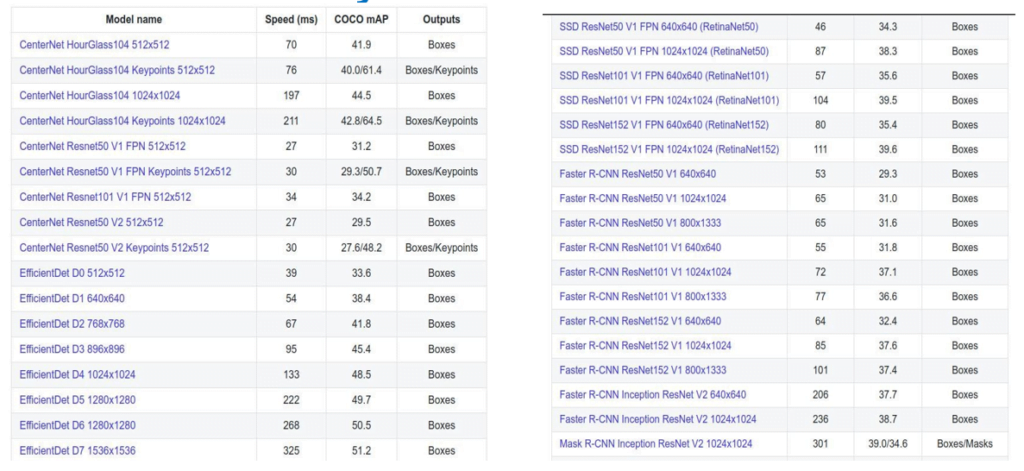
TensorFlow 2 Object Detection API

3D-Unet












